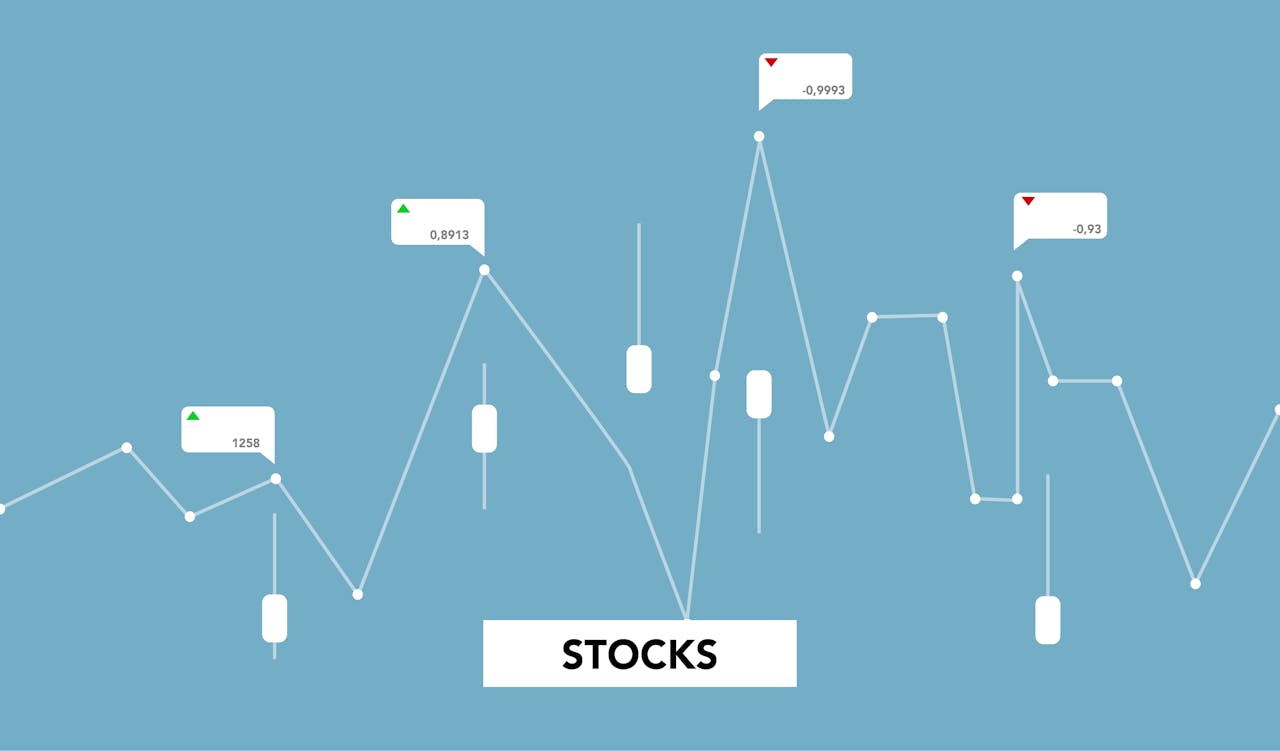Investing wisely requires a deep understanding of various industry sectors. This guide will help you analyze different sectors to make informed investment decisions. By focusing on key metrics, trends, and market dynamics, you can uncover profitable opportunities and mitigate risks.
Understanding Industry Sectors
Industry sectors represent distinct segments of the economy. They include various businesses and organizations that share common characteristics. Examples include technology, healthcare, finance, and energy. Understanding these sectors is crucial for identifying investment opportunities.
Each sector has unique characteristics and growth potential. For instance, technology is often associated with rapid innovation, while the healthcare sector can benefit from aging populations and increased demand for services. By analyzing these attributes, investors can align their portfolios with sectors poised for growth.
Key Metrics for Analysis
When analyzing industry sectors, several key metrics should be considered. These metrics can provide valuable insights into the sector’s performance and future potential.
- Revenue Growth: Examining revenue growth helps identify sectors experiencing upward momentum. Consistent growth often signals a healthy industry.
- Profit Margins: Assessing profit margins reveals how efficiently companies within a sector operate. Higher margins may indicate competitive advantages.
- Market Share: Understanding market share can highlight dominant players and potential disruptors. This information is vital for evaluating a sector’s stability.
- Valuation Ratios: Analyzing valuation ratios, such as price-to-earnings (P/E) ratios, allows investors to gauge whether a sector is overvalued or undervalued.
By closely monitoring these metrics, investors can make informed decisions about which sectors to target.
Identifying Trends and Opportunities
Every industry sector is influenced by current trends and economic conditions. Recognizing these trends is essential for capitalizing on investment opportunities.
Technological Advancements
Technology continuously reshapes various sectors. Innovations like artificial intelligence and blockchain are transforming industries such as finance and healthcare. Investors should keep an eye on companies that leverage these technologies for competitive advantages.
Regulatory Changes
Government regulations can significantly impact sectors, especially in healthcare and energy. Recent changes in regulations may create opportunities or challenges. Staying informed about policy shifts can help investors anticipate market movements.
Demographic Shifts
Demographic trends also play a crucial role in shaping industry sectors. For instance, an aging population increases demand for healthcare services. Identifying demographic shifts can guide investors toward sectors likely to experience growth.
Risk Factors to Consider
While analyzing industry sectors, it’s essential to consider the associated risks. Every sector has its vulnerabilities, and understanding these risks is crucial for informed decision-making.
Economic Sensitivity
Some sectors are more sensitive to economic fluctuations than others. For instance, consumer discretionary companies may struggle during economic downturns, while essential goods sectors tend to remain stable. Evaluating a sector’s sensitivity to economic cycles can help investors manage risk.
Competitive Landscape
The competitive environment within a sector can influence investment outcomes. Highly competitive sectors may experience price wars, impacting profit margins. Investors should analyze the competitive dynamics to identify potential challenges.
Global Events
Global events, such as geopolitical tensions or pandemics, can disrupt industries. These disruptions may lead to volatility in specific sectors. Investors need to stay informed about global developments that could affect their investments.
Diversification Across Sectors
Diversification is a critical strategy for managing investment risk. By spreading investments across different industry sectors, investors can mitigate the impact of poor performance in any single sector.
Benefits of Diversification
- Risk Reduction: Diversification reduces the overall risk of a portfolio. When one sector underperforms, gains in another can offset losses.
- Exposure to Growth: Investing in multiple sectors allows exposure to various growth opportunities. This strategy enhances the potential for long-term returns.
- Stability: A diversified portfolio tends to be more stable over time. Different sectors often react differently to market changes, providing a buffer against volatility.
Conclusion: Making Informed Investment Decisions
In conclusion, analyzing industry sectors for investment is a multifaceted process. By understanding sector characteristics, key metrics, trends, and risks, investors can make informed decisions. Additionally, diversification plays a vital role in managing risk and optimizing returns.
As you embark on your investment journey, remember to stay updated on market conditions and industry developments. Conduct thorough research and consider seeking advice from financial professionals when necessary. With diligence and strategic planning, you can navigate the complexities of industry sectors and identify lucrative investment opportunities.
Check out our Facebook or X accounts.
For more topics check here.



